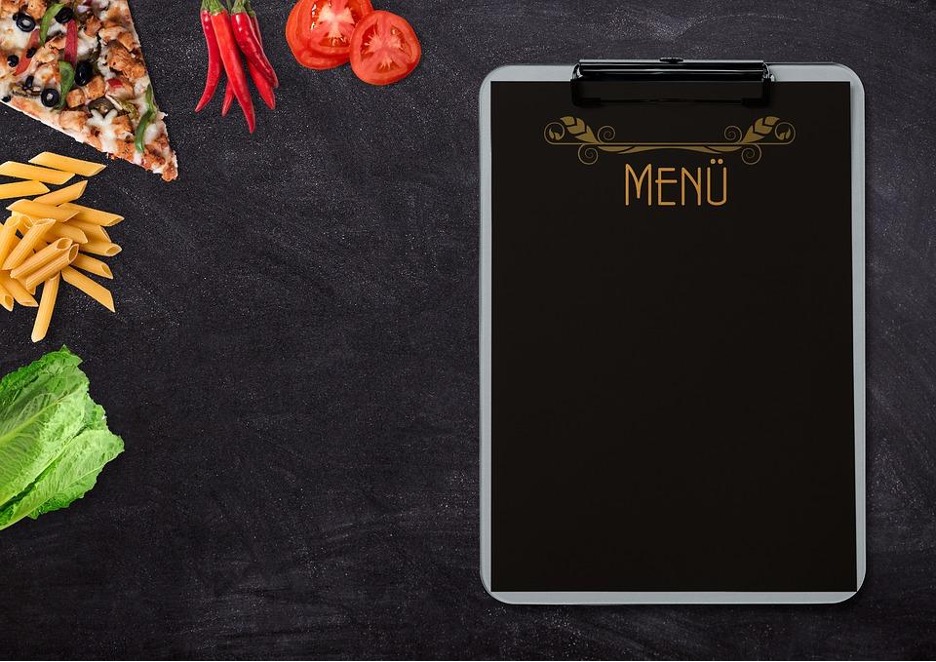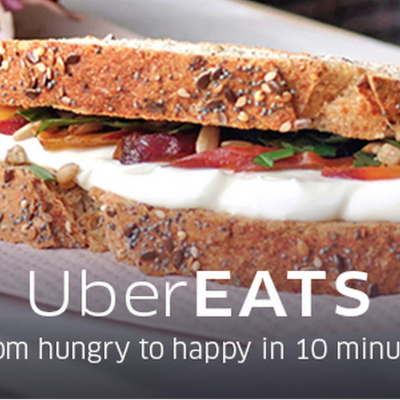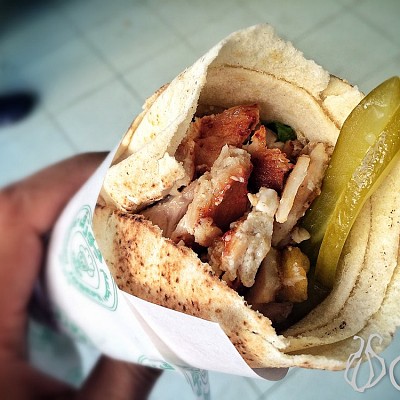Your menu tells a lot about your restaurant to your guests. Don’t consider it to be just a list of food and beverage choices because a menu is so much more. How your menu is written reveals your restaurant style. An effective menu can also win over new customers.
Menu writing is still underestimated, so crafting a top-notch menu can give you an advantage. Use this as an opportunity to establish your brand and compel customers to try out your dishes.
Turn your restaurant menu into a selling tool with the help of the following tips.
1. Strategically Organize the Dishes
When placing your menu items, resort to some psychological tricks. Studies have shown a pattern in behavior when looking at menus.
One of the tricks is to put a dish you want to push right beneath the top-quality dish (usually placed front and center in the menu). Why is that? Because people would glance at the top-quality, expensive dish and then lower their gaze down in search of a more affordable option.
Also, don’t place dishes you want to push on the back of the menu or in the lower-left corner. These places are least interesting to diners. Use those menu areas for kiddie meals, for example.
2. Make It Readable
Forget about tiny fonts and big words. Every guest should understand your menu. Using words like amuse-bouche instead of plainly saying bite-sized hors d'oeuvres can leave your guests confused. And you don’t want that.
The menu needs to be easy-to-read both in terms of the language and design. Explain and name the dishes using everyday language and stay away from unreadable fonts.
3. Be Descriptive
Evocative and descriptive language can make your dishes sound irresistible. Describe your offers temptingly to increase the guests' desire for your meals.
A study conducted by Cornell researchers found that descriptive menu labels increased sales by as much as 27%. To achieve that effect, use words like “filled,” “stuffed, “glazed,” “mouthwatering,” and so on.
In addition to evocative words, describe the quality of ingredients. Mention that the meat is freshly ground or that the vegetables are from local farms. Going for descriptive writing for your menu items can make a world of difference.
4. Categorize the Menu Items
A smart arrangement of the menu content can help your staff serve the customers more quickly, and it can speed up the table turnaround time. While you may think that separating entrees, main dishes, and desserts is a given, there is more you can do.
For example, you can create categories based on the type of dishes (Italian, Mexican, Local, etc.), recommended pairing, customers' favorites, trending foods, restaurant’s originals, and so on.
Think about how you can organize the items to improve the customers’ menu experience. You want the customers to navigate through the menu with ease and find the perfect dish for them in no time.
5. Match the Writing with Your Restaurant’s Personality
If your restaurant has a unique personality, let it shine through on the menu. Writing originally can make your restaurant stand out more.
For example, you can give your dishes fun names that go along with your restaurant theme. Some word-play can make the menu more fun to go through.
In case you need some help to turn your restaurant’s personality into a writing style, you can always resort to affordable services such as GetGoodGrade to help you out. Professional writers can help you create a unique and memorable menu.
6. Be Transparent with Pricing
While “nested pricing” (listing the price discreetly after the description) is a tactic some restaurants use, transparency may be a better option. If you want to grow your list of loyal guests, trying to disguise the prices won’t help.
Place the prices out in the open. The best and most transparent place for the price is on the right side of the menu.
Whether you'll round up the price or use the old "$X.99" trick, it's up to you. Both options have their advantages. Some experts are more favorable of a rounded up prices, while others swear by the "$0.99" strategy.
7. Include a Manageable Number of Dishes
Too many choices can overwhelm the customers. By the time they decide what to eat, you’ll have to turn down several customers.
Make your menu manageable with a reasonable amount of choices. If possible, don’t let the number of dishes in each category go over eight.
8. Let the Layout Reflect Your Business
The colors, the fonts, and design – they should all represent your restaurant. The layout of the menu can help you make your restaurant more memorable.
If the design reflects your style, you will create a complete experience and unique feel for your guests. Remember that people are visual beings, so an aesthetically pleasing menu is a must.
9. Make Regular Updates
The menu shouldn’t be set in stone. As your dishes evolve, so should your menu. Making some updates from time to time will show your commitment to your guests.
You don’t need to rewrite the whole menu to make a single change. Just adapt the base to the new updates.
10. Edit and Proofread
Before you make dozens of copies, you want to make sure that no writing-mistakes are cunningly hiding in the menu. Even though proofreading can seem like a logical step, countless menus end up as an internet joke because of a spelling or grammar mistake.
Therefore, read, reread, and check the menu several times before you finalize it. It’s always best to get a second pair of eyes to take a loot. Either ask someone on your team to proofread it or hire an academic writingservice to do that for you.
Final Thoughts
Applying some valuable tips can make your menu that much powerful. Don’t miss out on this chance to boost your sale with an effective menu. Remember that the time and effort you invest in creating the best menu will pay off in the long run.






































